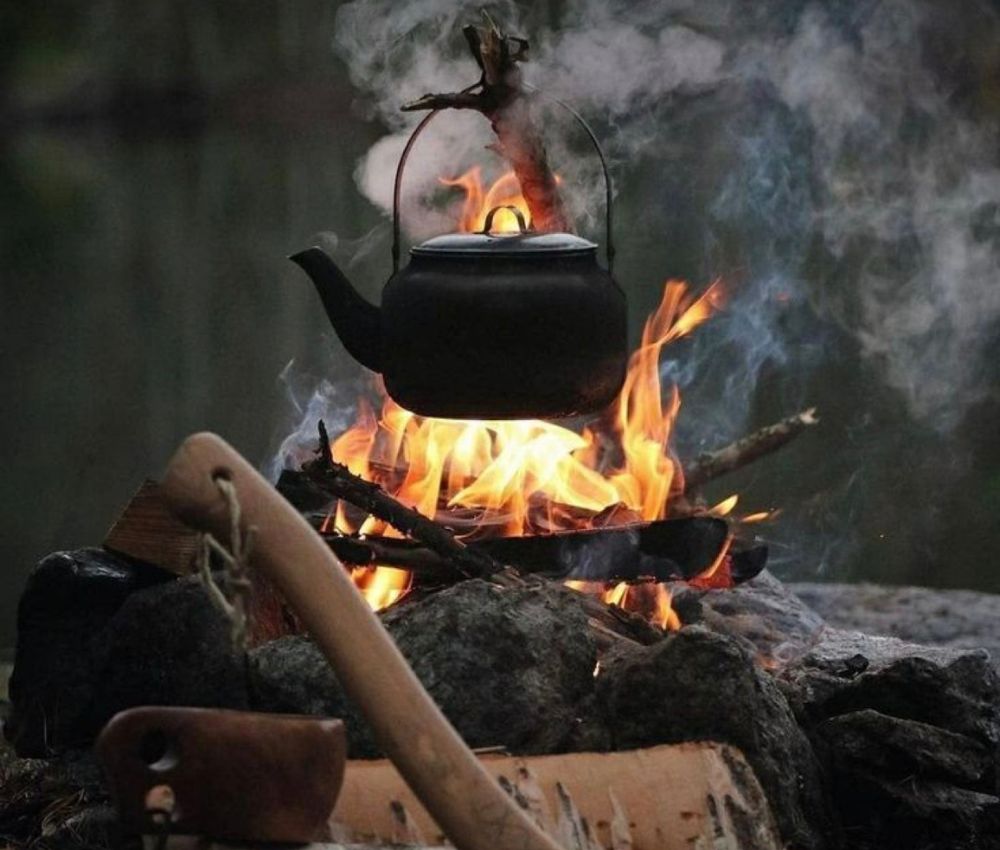Exploring Collective Leadership Through Our Worldviews

Newsletter: Exploring Collective Leadership Through Our Worldviews
Welcome back to another edition of our weekly kōrero, where we dive deeper into topics that shape our understanding of leadership and collaboration. Last week, we began exploring Collective Leadership, and this week, we took a deeper dive into what it means to lead collectively from our varied cultural worldviews. This discussion highlighted themes like how collective leadership is deeply intertwined with trust, relationships, and shared responsibilities. Below, we’ve gathered insights and reflections from our session, capturing the voices of those who contributed to this cuppa kōrero.
Collaboration Begins with Trust
"The thing that really came to me was about collaboration, and then, like another layer down, about relationship. You’ve got to have trusted relationships in place to do anything, otherwise, it doesn’t stick. That’s the starting point of relating. Relationship is what really struck me, and I still find it really harsh when I’m in environments where relationships aren’t trusted, or people are suspicious. We can’t even get started on the mahi until we build the relationship."
Many of us felt that building trusted relationships is essential to collective leadership. Without trust, collaboration can be hindered or slowed down. As one participant expressed, when we lack trust in relationships, the work can’t even begin. Collective leadership, then, is not just about shared responsibilities but about fostering a foundation of trust and relational depth that supports everyone involved.
The Danger of Burnout in Individualistic Work
"These days, everyone’s experiencing burnout more because they’re doing collective things individually. That really hit home for me."
This statement resonated strongly with many of us. The pressures of working in isolation, even when we are part of a collective effort, can take its toll. The challenge is to facilitate spaces and opportunities where we can truly lean into the collective—where the load is shared, and burnout is lessened. This has been particularly relevant in our increasingly online and individualistic work environments, where the sense of shared purpose can feel distant.
Clarity of Roles in Collective Leadership
Clarity around roles and contributions were seen as key. When individuals don’t know how they fit into the collective, they either fail to contribute or end up working in isolation. As one participant shared, having a shared understanding of the collective's goals and what each person’s contribution is, creates alignment and purpose, but this takes time and reflection—time to sift through strengths, interests, and individual motivations.
"It feels like, in collectivity, everyone has a purpose, and I love that. No matter what it is, people have a role and a job, and they’re trying to work together on the same things, but separately."
"When people are unclear about their contribution, they either don’t contribute or they go off on another tangent... there’s not that shared understanding of what the collective is working towards and what is my contribution within that collective? It takes time to sift through people’s strengths, what they want to do, and their interests."
Māori Perspectives on Collective Leadership
"From a Te Ao Māori perspective, let’s say it’s a pōwhiri or tangi... the roles are unspoken but known. You navigate naturally to them, or you might be delegated or asked, but we sort of know what needs to be done and when... that’s what I admire about collective leadership—having processes that give enough guidance (kawa) while allowing for flexibility in the process (tikanga) to account for variables. These are long-standing processes that work."
From a Māori worldview, collective leadership is embedded in cultural processes and traditions that have been honed over generations. These processes—kawa and tikanga—ensure that roles are clear, and leadership flows naturally. Whether through delegation or an innate understanding of what needs to be done, this sense of collective responsibility is an admired trait in collective leadership.
The Unseen Contributions of Collective Leadership
"I was watching the tangihanga for the King [Kiingi Tuheitia Pootatau Te Wherowhero VII]. They interviewed the third generation, who came in at 4 am to sweep the front with branches. They were clear about their role... there was a humbleness and brilliance in that clarity. It was dark, but they came together collectively, and their contribution was done. It’s often invisible work, but it makes a collective whole."
This story of collective action reminds us of the importance of unseen work—the contributions that happen in the background, which are essential to the collective’s success. Often, those at the front receive the most visibility, but it is the combined efforts, both seen and unseen, that hold a collective together.
Wānanga and Collective Knowledge
Wānanga, or collective spaces for learning and reflection, are vital to collaborative leadership. It’s about drawing from the collective knowledge of everyone involved, rather than relying on a single voice or perspective. This is the essence of true collective leadership—sharing and building knowledge together for the benefit of the whole. - "In our room, we talked about wānangaand how it brings collective knowledge together, rather than one person holding all the knowledge. Collaborative leadership shows up in that—bringing all the knowledge together instead of prescribing something to the group."
Presence in Collective Leadership
Presence was another theme that emerged in our discussions. Leadership in a collective space requires being fully present—intellectually, emotionally, spiritually, and physically. When we bring our whole selves into a space, we contribute more deeply to the collective’s purpose.
"For me, collective leadership is about presence—being present with who’s in the room. It’s intellectual, spiritual, emotional, and physical... walking together is a form of collective leadership, taking responsibility for ourselves and coming together collectively."
Power Dynamics in Collective Leadership
We explored the role of power and how it can influence positively or negatively within collective leadership by choice - "There’s a role of power in leadership... leading from the front, middle, or back, and how that can fluctuate. Sometimes leadership comes from stepping up and stepping in."
"We need to be conscious of the difference between facilitation and leadership. Power can unravel things quickly if we’re not careful. Facilitation in collectives is different from just leading."
The Challenges of Collective Leadership: Balancing Relationships and Outcomes
One of the key challenges we often face in collective leadership is the tension between building strong relationships and meeting external demands like outcomes, money, and time. However, this commitment to relationships can sometimes be at odds with the pressures to deliver results quickly, secure funding, or meet tight deadlines. As one participant reflected today:
"We can’t do anything without strong relationships, but it's hard when the reality is that outcomes, money, and time are constantly prioritised over the process of building those connections."
This ongoing balancing act—between nurturing relationships and fulfilling immediate expectations—can strain the practice of collective leadership. It requires us to be intentional, to hold space for kōrero (discussion) and connection, even when it feels like the clock is ticking. Ultimately, it’s about ensuring that our leadership remains grounded in values, even as we navigate the competing demands of the systems we operate within.
Facilitation as the Foundation of Collective Leadership
As we concluded, the discussion touched on facilitation and its critical role in collective leadership. Facilitating relationships, conversations, and the flow of knowledge is essential. It was expressed as the foundation upon which successful collective leadership is built. - "A collective only works when the groundwork has been well laid. It brings us back to leadership and facilitation—what comes first? In my belief, facilitation comes before anything else. It’s needed to form relationships, and from there, everything else follows."
As always, your insights continue to shape these discussions and deepen our shared understanding of what it means to lead together. Next week, we’ll explore the delicate balance between leadership and facilitation. As one of our cuppa participants pointed out, facilitation often requires a unique kind of awareness.
"Facilitation sometimes requires softening the voice, tuning into our elemental elders... knowing when to be firm and when to be soft, like the kuaka bird that journeys to Alaska... leadership and facilitation are about listening and feeling into the right moment."
This reflection will guide our kōrero as we dive deeper into how facilitation differs from leadership. We’ll explore how this balance strengthens collectives, the power dynamics involved, and how we can learn to be attuned facilitators who guide without dictating.
Question for our Next Cuppa:
How does facilitation differ from leadership in your context, and in what ways can effective facilitation enhance and support collective leadership?
Ngā manaakitanga,
The Walk Together Whānau
#collectiveleadership #trustedrelationships #sharedprocesses #facilitationvsleadership #burnoutcauses #wanangaknowledge #powerdynamics #facilitationtraining #leadershiproles #collaboration #individualcontributions #culturalworldviews


